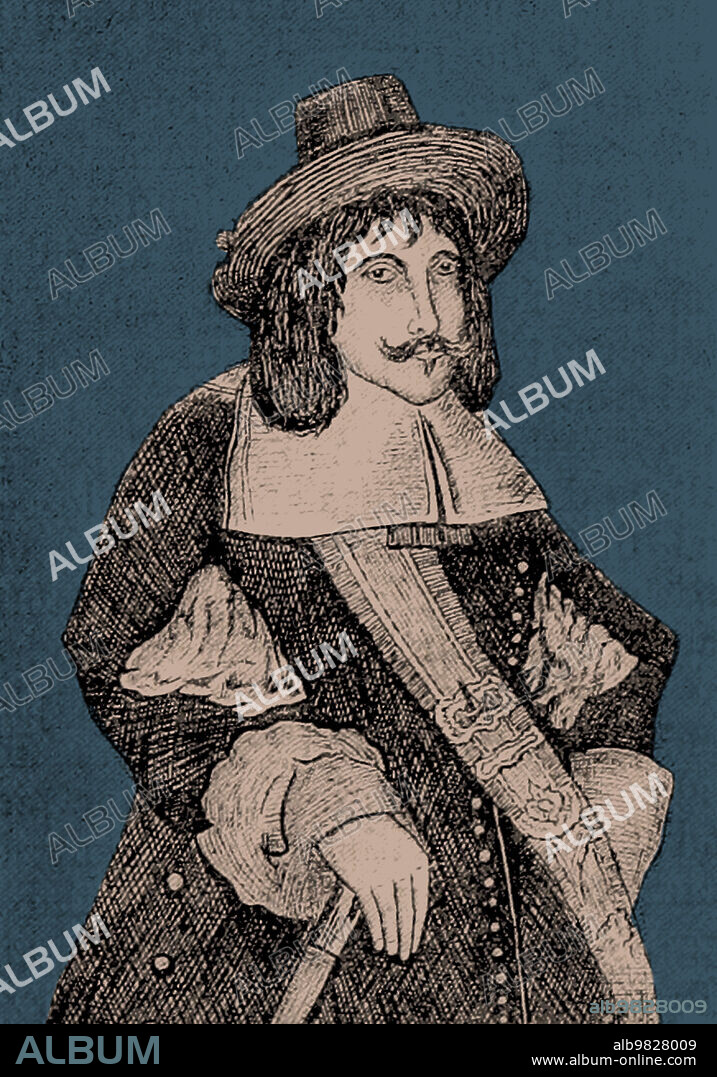alb9828009
Jan van Riebeeck, Dutch Navigator

|
Add to another lightbox |
|
Add to another lightbox |



Title:
Jan van Riebeeck, Dutch Navigator
Caption:
Johan Anthoniszoon Jan van Riebeeck (April 21, 1619 - January 18, 1677) was a Dutch navigator and colonial administrator of the Dutch Cape Colony of the Dutch East India Company. He volunteered to undertake the command of the initial Dutch settlement in the future South Africa and landed three ships at the future Cape Town site in 1652 and fortified it as a way station for the VOC trade route between the Netherlands and the East Indies. He was Commander of the Cape from 1652 to 1662; he was charged with building a fort, with improving the natural anchorage at Table Bay, planting cereals, fruit, and vegetables, and obtaining livestock from the indigenous Khoi people. In his time at the Cape, Van Riebeeck oversaw a sustained, systematic effort to establish an impressive range of useful plants in the novel conditions on the Cape Peninsula – in the process changing the natural environment forever. Some of these, including grapes, cereals, ground nuts, potatoes, apples, and citrus, had an important and lasting influence on the societies and economies of the region.
Credit:
Album / Science Source
Releases:
Model: No - Property: No
Rights questions?
Rights questions?
Image size:
3149 x 4500 px | 40.5 MB
Print size:
26.7 x 38.1 cm | 10.5 x 15.0 in (300 dpi)
Keywords:
17TH CENTURY • AFRICA • AFRICAN CONTINENT • AFRICAN • CAPE • COLONIAL • COLONY • COLORIZED • COMPANY • DUTCH • EAST • EMPIRE • ENHANCED • GOOD • HISTORY • HOPE • INDIA • INDIAN • JAN • NAVIGATOR • ORIENT • PERSONALITY • SOUTH AFRICA • VAN RIEBEECK
 Pinterest
Pinterest Twitter
Twitter Facebook
Facebook Copy link
Copy link Email
Email

